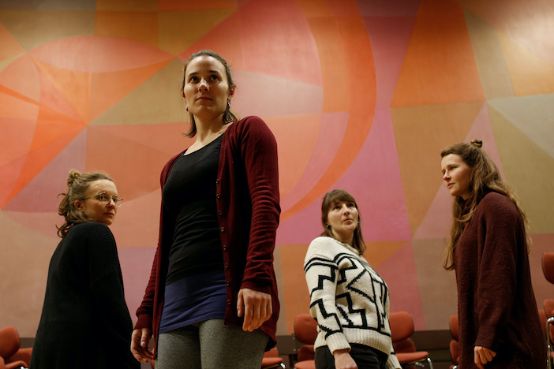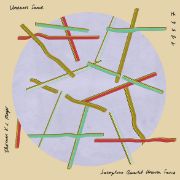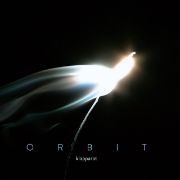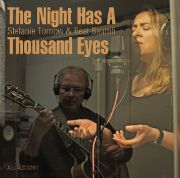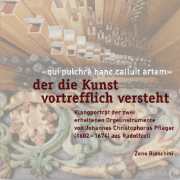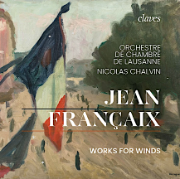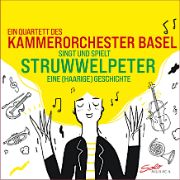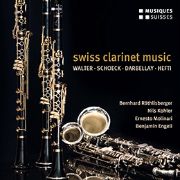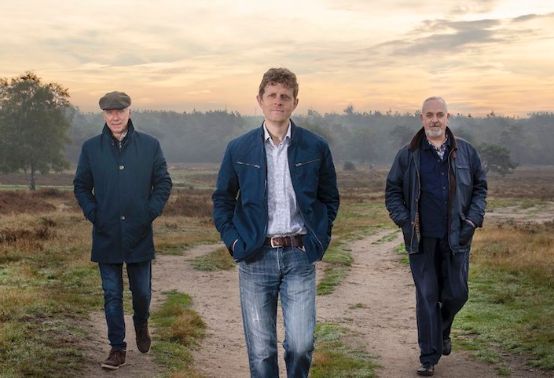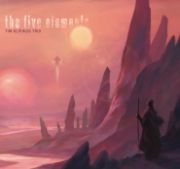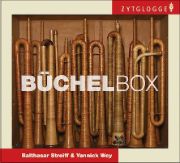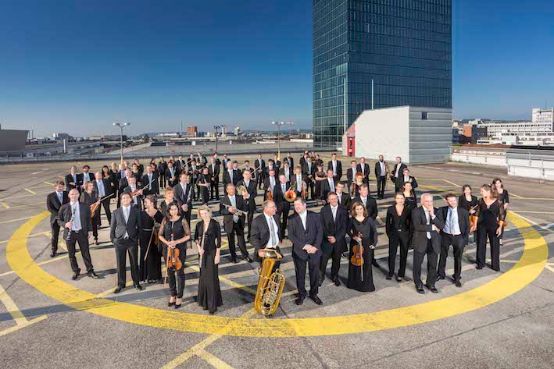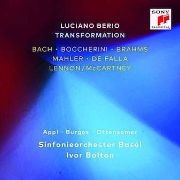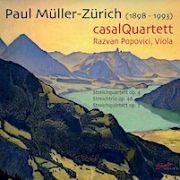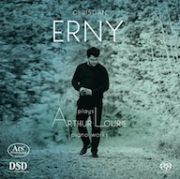Homage to oneself
In his "Guitar Book", old master Sigi Schwab presents players with the pieces that are important to him.
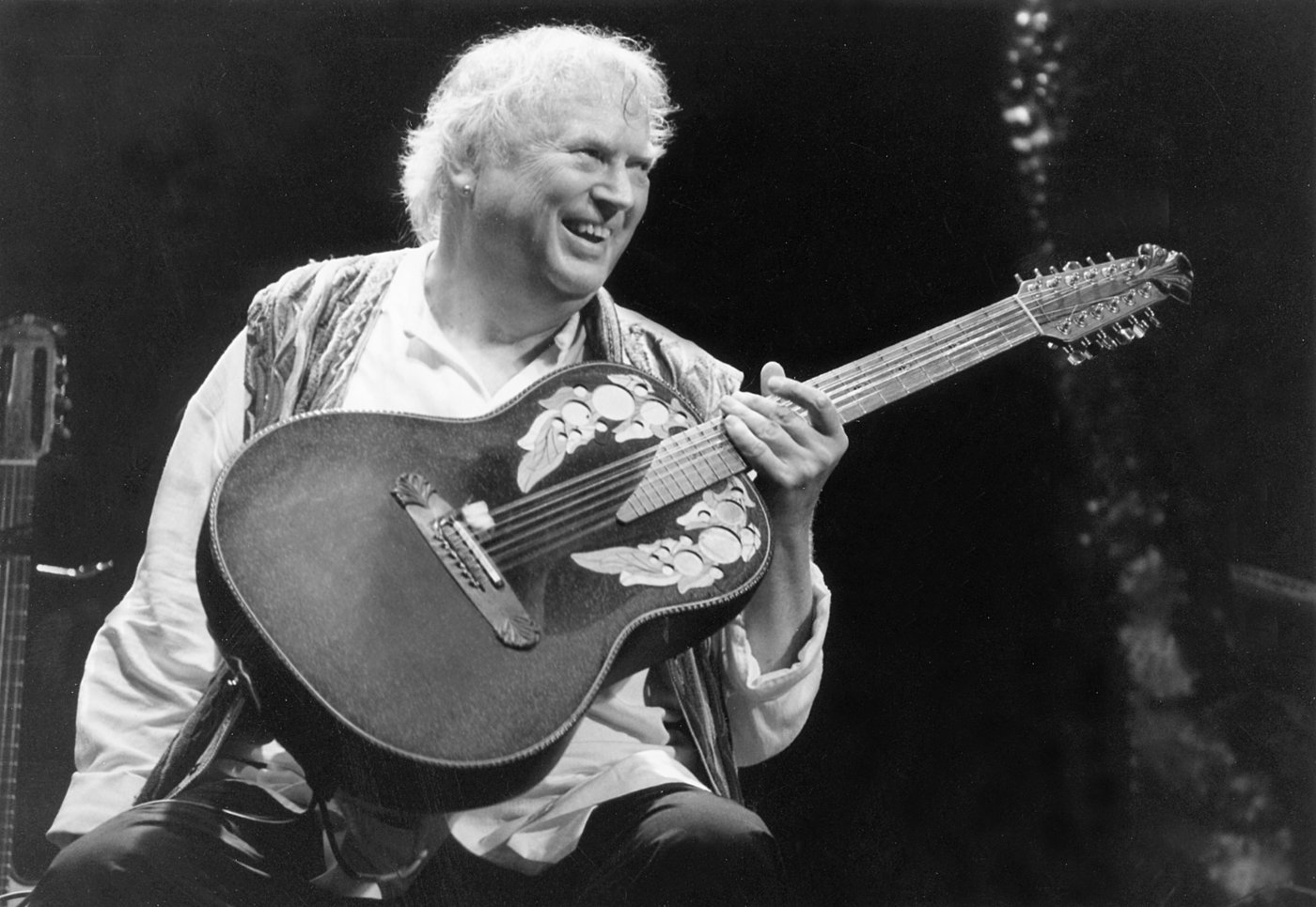
The Guitar Book by Sigi Schwab stands out from the usual sheet music editions in many respects. 100 pages of sturdy paper in a large format of around 26 x 37 centimeters with spiral binding; each of the 30 pieces on exactly one double page and, just as user-friendly, the chord indications are printed in red, the fingerings and other technical information in green, alongside the neatly set notes. This results in an informative, differentiated, but nevertheless not overloaded score.
But why 100 pages for the 30 pieces? Because the now 72-year-old versatile studio musician, this jazz, classical and world guitarist, intersperses extensive commentary as well as pictures and stories from his life. Sigi Schwab celebrates himself in a likeable way by endeavoring to pass on his enthusiasm for polyphonic guitar playing. He advocates the greatest possible openness both stylistically and in terms of interpretation. His pieces and arrangements should be varied and improvised upon. He says: "I listen to the cajoling of a self-appointed taste police and think about it. As a creative artist, I have to go my own way."
The first part of the music book consists of arrangements of jazz standards such as Lullaby of Birdland or Take Five, with always extremely sonorous harmonic sequences. Every note is written out - if you can read music well, you have an advantage. If you are at home in jazz, you can also improvise over the chords. Nevertheless, it is recommended that you study the fingerings carefully in order to understand Schwab's intentions. The fingers often move in high registers on all strings. This also applies to the pop numbers in the second, middle section, which mainly contains songs by the Beatles and Michael Jackson.
Finally, Sigi Schwab presents us with pieces "from my own musical world": mostly original compositions, but also gospels and a Bach prelude. The self-written pieces are somewhere between jazz and world music, some with Indian and African influences. They are somewhat easier to play than the arrangements of the other titles. Sigi Schwab thus allows us to share in some of the stages of his decades-long career - with this generously designed edition of a selection of pieces that were important to him.

Sigi Schwab: Guitar Book, 30 Arrangements from Classical Music to Jazz, ED 23369, € 35.00, Schott, Mainz








